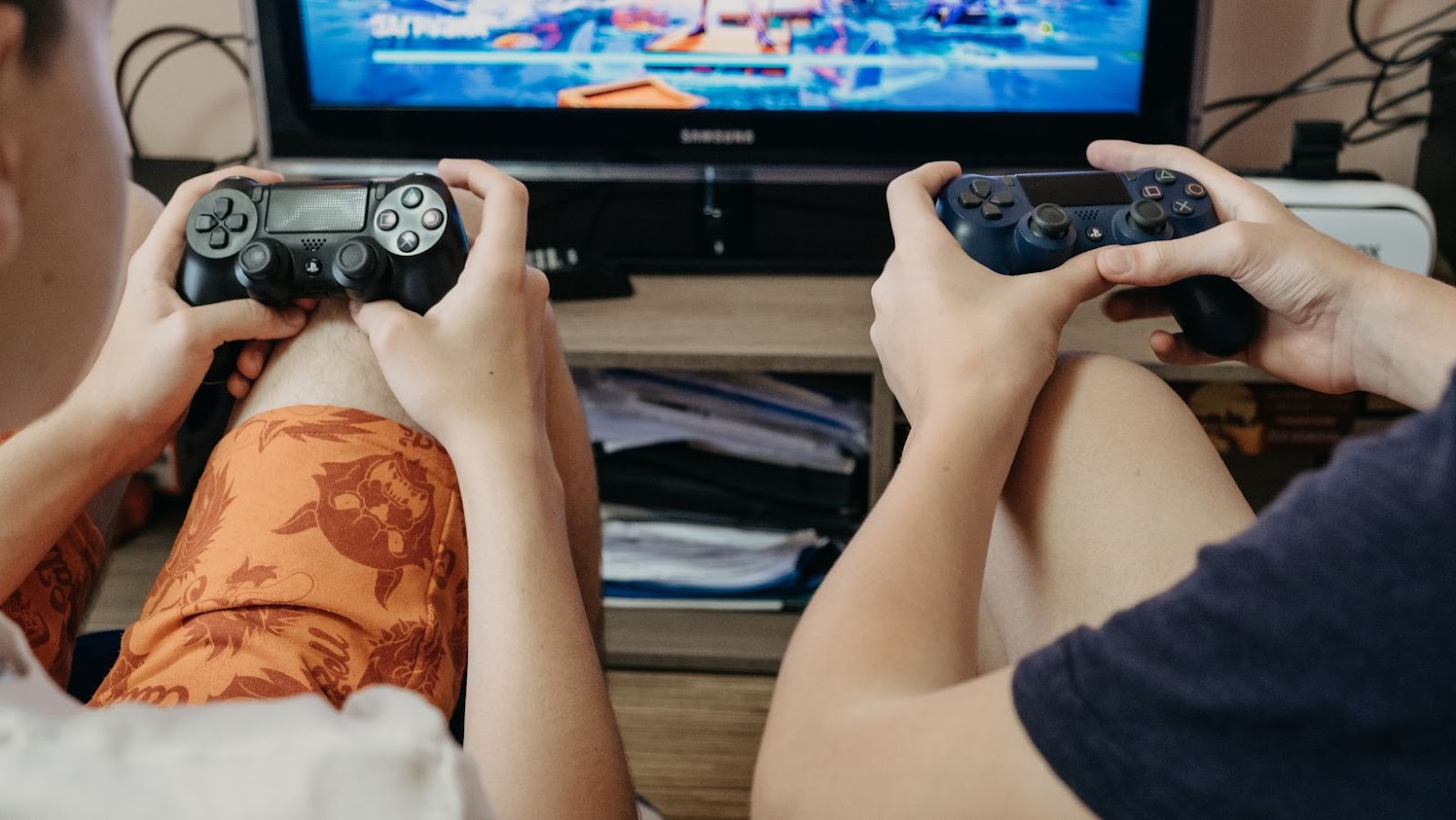 What is MMR in Gaming
What is MMR in Gaming
MMR, a Matchmaking Rating, holds a pivotal role in online gaming experiences. It’s a concealed figure most game developers utilize to match players of similar skill sets. MMR’s integral to maintain game parity and foster competitive spirit. The description below breaks down MMR’s nuances further.
What is MMR in Gaming? MMR’s significance originates from its facilitation of fair gameplay. By matching players with comparable MMR, it balances the playing field. For instance, in competitive games like Dota 2 and League of Legends, players learn and grow at their own pace, avoiding matches against overpowering rivals.
The intricacies of the MMR calculation often remain shrouded. While each game may harbor a unique algorithm to calculate MMR, common elements do exist. Generally, MMR calculation takes into consideration factors like player performance, team outcome, and occasionally the odds of winning.
MMR impacts gamers considerably, predominantly in their game experience and progression. An appropriate MMR ensures that players’ skills match their opponents’, achieving a satisfactory gaming experience. Furthermore, MMR serves as a benchmark showing players their proficiency level. Consequently, tracking MMR aids individual performance analysis.
Drawing on these perspectives, it’s clear that MMR remains an essential component in online gaming. It not only fosters fair competition but also impacts players’ progression, providing an integral part of the gaming experience.
 Understanding ELO and Its Influence on MMR
Understanding ELO and Its Influence on MMR
Gaining grasp of the Elo rating system becomes pertinent when dissecting MMR. It’s gained renown in the gaming industry, having a significant impact on MMR.
Initially, the Elo rating system originated from the realm of chess. Arpad Elo, a Hungarian-born American physics professor and chessmaster, introduced this system in the 1960s. It forged a model for calculating the relative skill levels of players in zero-sum games. The system estimated the match outcomes, relying on the current ratings of both players. Thus, it garnered acceptance by both the U.S. Chess Federation and FIDE, the international chess federation, developing into the industry standard for evaluating chess skills.
When discussing MMR, it’s essential to elucidate its tight-knit relationship with Elo. Both share a common objective: ranking players based on their skills. For games like Dota 2 and League of Legends, the developers adapted the Elo system to create MMR. They assessed players’ skill levels and used it as a determinant for matchmaking, ensuring balanced combat. Despite differences in calculation methods, either system functions to provide a fair gaming environment, enabling each player to compete with others of similar proficiency, granting each a fulfilling gaming experience.
 How is MMR Calculated in Different Games?
How is MMR Calculated in Different Games?
What is MMR in Gaming? MMR’s calculation diverges across game genres, adopting unique systems reflective of their design. An exploration into its determination in two popular genres, MOBAs and FPS, becomes an elucidative venture.
In both Dota 2 and League of Legends, MMR calculation leans heavily on the Elo system, albeit with nuanced modifications to align with their distinctive gameplay mechanics. Irrespective of the match’s outcome, individual performance gets assessed, weighing heavily on pivotal actions like killing opponents or assisting teammates. Players’ MMR tends to escalate with wins, and inversely, it plummets with losses.
In Dota 2 specifically, MMR sees an adjustment post-match, influenced by predicted win probabilities. If a team triumphs despite lower odds, its members reap a substantial boost in MMR. In contrast, the LoL MMR algorithm factors in the match’s length, with longer matches offering greater MMR changes, signaling a significant challenge overcome.
CS:GO and Overwatch entertain different models for MMR, albeit with shared underpinning principles. Player performance, contribution to team goals, and round outcomes form the crux of the MMR calculation equation for both games.
Overwatch employs a Performance-Based SR System to tune its MMR. It compares individual statistics like damage dealt and healing done against other players using the same heroes. CS:GO, on the other hand, adopts a modified Glicko-2 system considering the number of rounds won versus the Opponent’s rank, kills, assists, and deaths. Both systems emphasize a balanced team coordination and a precise execution of tasks, factoring heavily into the dynamics of MMR calculation.